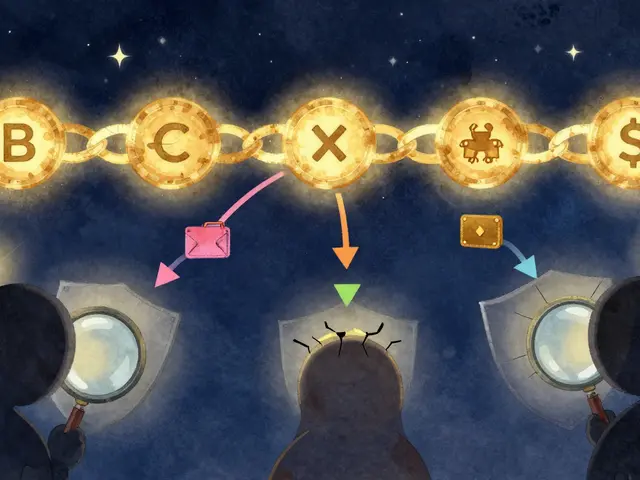Blockchain Consensus: How Networks Agree on the Truth
When working with blockchain consensus, the set of rules that let a distributed ledger decide which transactions are valid and in what order. Also known as network agreement protocol, it ensures every node reaches the same state without a central authority. Two of the most common mechanisms are Proof of Work, a competitive mining process that secures the chain by requiring computational effort and Proof of Stake, an ownership‑based approach where validators lock up tokens to earn the right to propose blocks. Both aim to prevent double‑spending, but they differ in energy use, speed, and decentralization.
Another critical concept is Byzantine Fault Tolerance, a property that lets a system keep working even if some participants act maliciously or fail. Protocols like Tendermint or HotStuff use BFT to reach agreement with far fewer round trips than PoW, making them attractive for permissioned blockchains and finance‑grade applications. Meanwhile, public chains such as Ethereum have transitioned from PoW to PoS to combine security with lower energy costs, while Bitcoin continues to rely on PoW, illustrating how consensus choices shape a network’s scalability and trust model. Understanding blockchain consensus therefore means weighing security, decentralization, and performance.
Key Consensus Models Explained
Choosing the right consensus method involves balancing security, decentralization, and performance. Developers must ask: Do you need the proven robustness of PoW, the efficiency of PoS, or the fast finality of BFT? The answer dictates how quickly transactions confirm, how much power the network consumes, and what kinds of attacks it can resist. Below you’ll find articles that break down each model, compare real‑world use cases, and offer step‑by‑step guides for implementing or evaluating consensus mechanisms in your own projects.
Now dive into the deep‑dive guides, tutorials, and analysis that follow to see how these mechanisms work in practice.
Proof of Work Explained: How Blockchain Consensus Works
Learn what Proof of Work is, how it secures blockchain, its energy impact, and how it compares to Proof of Stake in a clear, practical guide.
Staking vs Mining: Full Comparison of Crypto Validation Methods
Explore a detailed side‑by‑side comparison of staking and mining, covering energy use, costs, risks, rewards, and future trends for crypto validation.






